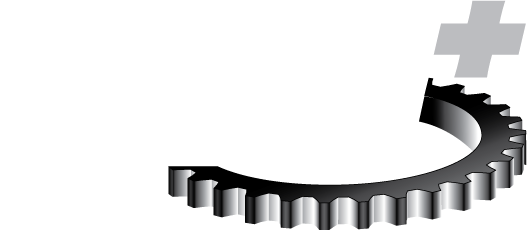
Spline Design and Application
This course provides a solid and fundamental understanding of spline types and application, arrangements, and design principles. Starting with the basic definitions of splines and the various types of fit and function, the course then moves to the inter-relation and coordinated motion operating within a splined connection. Learners will develop a fundamental understanding of the step-wise process of the iterative design process required to generate a spline connection. Additionally, the steps and issues involved in design refinement and introduction of manufacturing considerations are discussed. The course concludes with an explanation of basic alpine measurement techniques, how measurement equipment and test machines implement these techniques, and how to interpret the results from these basic measurements. Learners are encouraged to bring copies of their own prints or parts to review with the instructor during lunch, breaks, or after class.
Learning Objectives
By completing this course, you will be able to identify, recognize or articulate:
- Conjugate action and involute profiles
- The various definitions and terms used in spline design
- The function and operation of all spline connection types
- The preliminary design considerations and the spline system design process
- Spline measurement and inspection techniques, tools and equipment
- Common best practices in spline connection systems
- Common spline types and configurations
- The theory and use of sector gages
- Typical field failure / warranty (tooth wear, tooth breakage)
- Fit of mating parts
- Difference between customer requirements and application
- Different type / classes of splines, classes change / tolerance change
- Different measurement methods (CMM, MM)
- Min/max effective material
- Fundamental application strategies of the various spline types
- Basic design synthesis and analysis techniques for each of the major spline configurations
- How to configure, design, manufacture and inspect splines
Who Should Attend
The intended audience for this course is powertrain engineers, engineering directors and managers, component suppliers, vehicle platform powertrain development specialists, and those involved in the application, design and discussion spline connection systems and applications. Specifically, anyone responsible for:
- Mechanical power transmission system design, development, durability assessment and application
- Application and development of splined connection technologies
- Management of transmission shaft designers and manufacturers
- Supply of components and sub-systems to mechanical power transmission system manufacturers
- Others interested in gears, gear systems, design development or measurement and inspection techniques.
Prerequisites
Because this course is targeted at several design and engineering disciplines, learners should have a B.S. in engineering or related field and preferably a minimum of two years design experience in the automotive powertrain field.
Topics
- Principles of the splined connection
- Purpose of splines
- Basic concepts
- Common tooth forms
- Classification of splines
- Definitions and terms used in splined connections
- Spline geometry and nomenclature
- Tooth nomenclature
- Blank nomenclature
- Preliminary design considerations
- Spline type selection
- Preliminary estimate of size
- Stress formulations
- Spline drawing data
- Spline system design process
- Calculation of spline tooth data
- Spline rating practice
- Spline design and layout process
- Involute splines
- Strait sided splines
- Tooth space and tooth thickness
- Pitch
- Backlash
- Circular pitch
- Pressure angle
- Tooth profile
- Index
- Lead
- Form diameter
- Base diameter
- Root geometry
- Backlash
- Spline measurement and inspection
- Dimension over pins
- Pin diameter
- Modify pin diameter and dimension over pins
- Pin contact point
- Measurement techniques–Spacing and thickness, index, Plro, lead
- Charts—Involute, lead, red liner
- Dimension sheet
- Spline design systems and best practices
- Common proportions
- Interchangeability
- Tooling considerations
- Mounting considerations
- Best practices
